Egypt has so much for travellers to see and do, it is the perfect destination to combine culture, adventure and relaxation. With 7 UNESCO World Heritage Sites and the Egyptian Museum of Antiquities in Cairo, with 120,000 artifacts on display, visitors can be transported back to the ancient world.
For those looking to relax, there are a number of destinations along the red sea to get some R&R whilst exploring the multi-coloured coral and exotic fish. With so many fantastic destinations, we have put together our favourite places to visit in Egypt to help you decide where your next adventure will be.
Abu Simbel
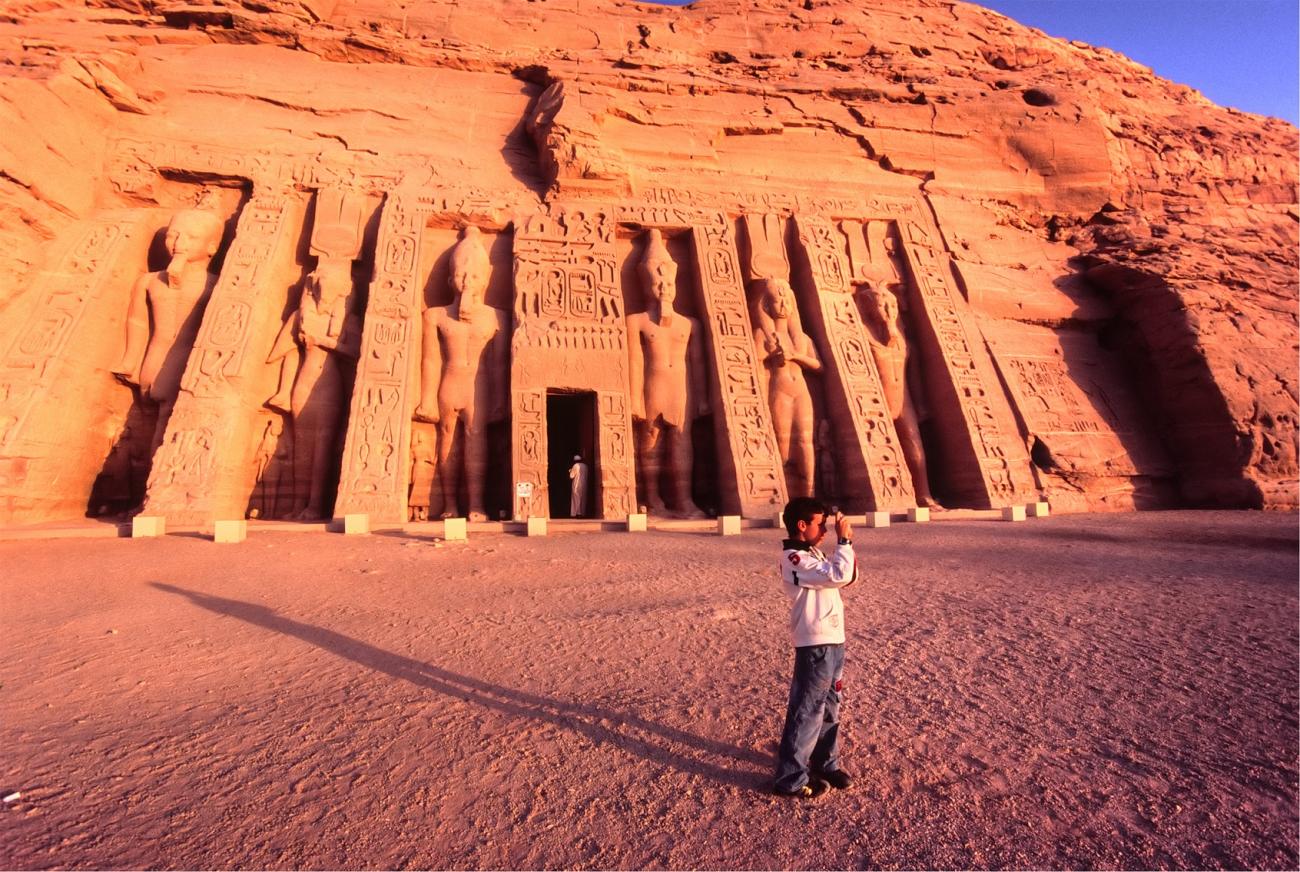
Abu Simbel is a site definitely not to be missed. This breathtaking monument is accessible by road or a short flight and is best visited early in the morning. It was built by Ramesses II in ancient Nubia, where he wished to demonstrate his power and divine nature. Four colossal 20 meters high statues of the monarch sit in pairs flanking the entrance.
Alexandria
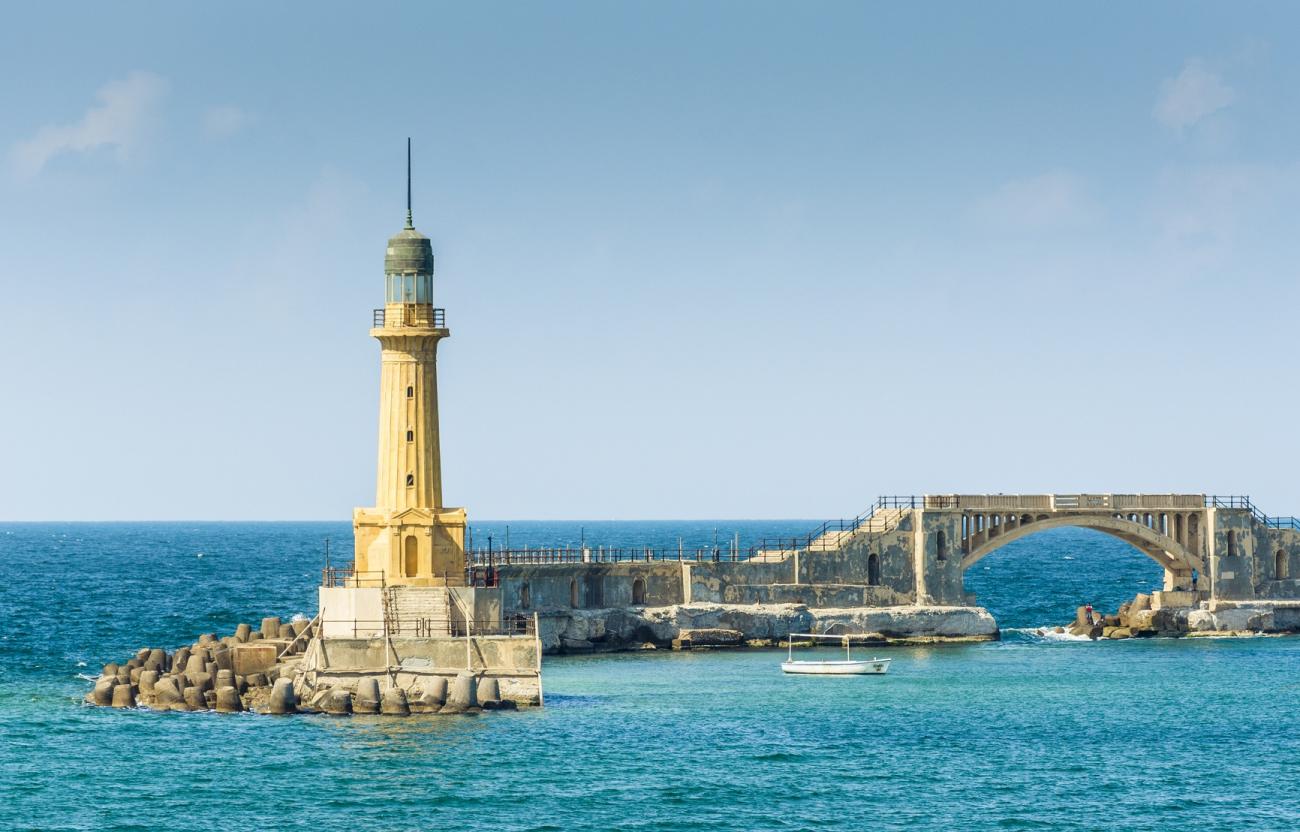
The second largest city in Egypt, Alexandria has an atmosphere that is more Mediterranean than Middle Eastern; its ambience and cultural heritage distance it from the rest of the country although it is actually only 225 km from Cairo.
Alexander was founded by Alexander the Great in 332 BC, and became the capital of Greco-Roman Egypt and a rival to Rome before falling into decline in the 4th century AD. In the 19th century, the Pasha Mohammed Ali revived Alexandria’s fortunes by developing the city into a major port linking it to the River Nile. From this new prosperity Alexandria became the focus of Egypt’s commercial and maritime expansion and attracted thousands of Europeans who settled here and made it a prosperous city.
Aswan
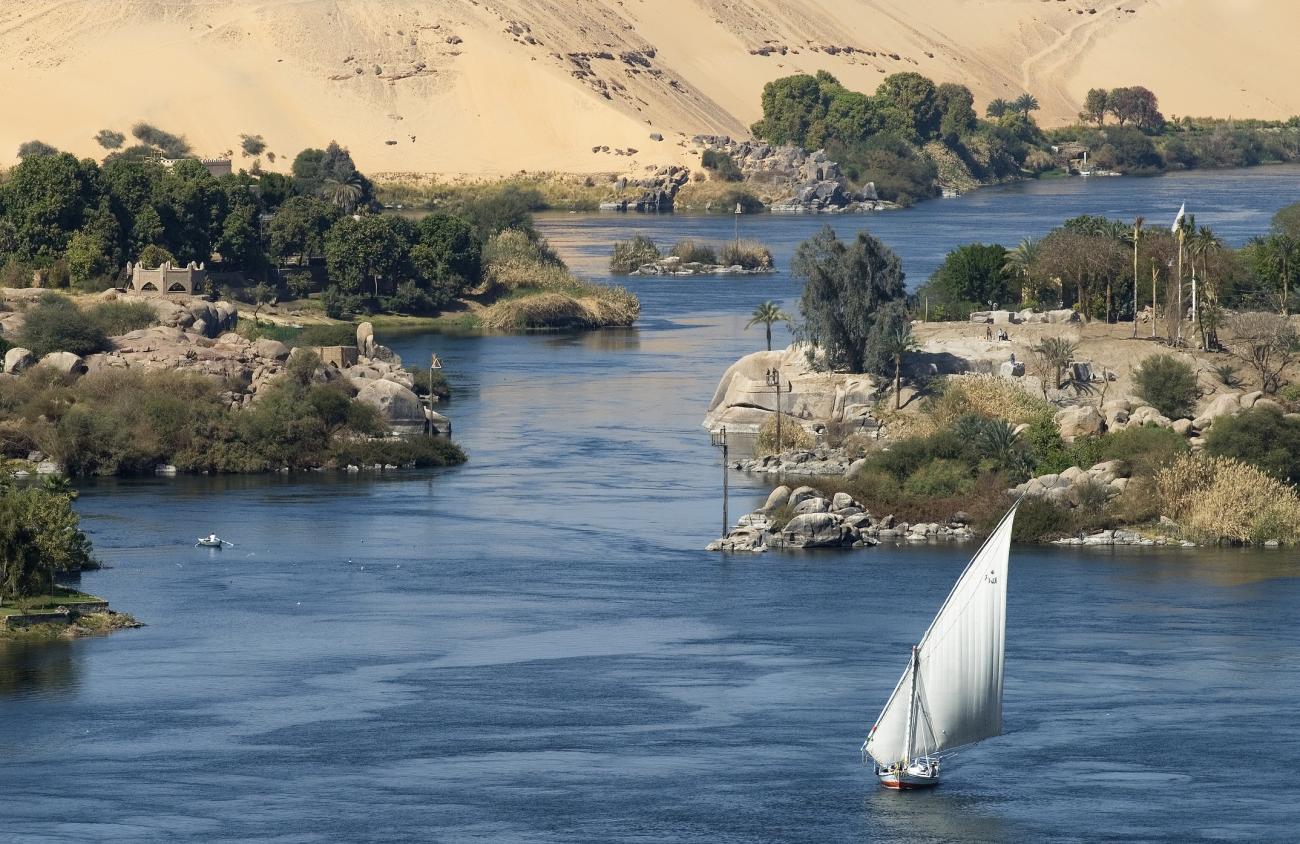
Aswan is Egypt's southernmost city, the gateway to Africa and Abu Simbel, Egypt's most impressive temple. Due to its location near the border with Sudan and an ancient trade route between Egypt and Africa, the city is home to a large African Nubian community.
The Nubians have their own values and traditions, and live in the city as well as in villages located on Aswan's islands. Aswan is located on the first cataract of the Nile - the furthest south it is easy to navigate the river by boat. It has served as a 'frontier' town for thousands of years and there is plenty to see and do in the near vicinity.
Bahariya Oasis
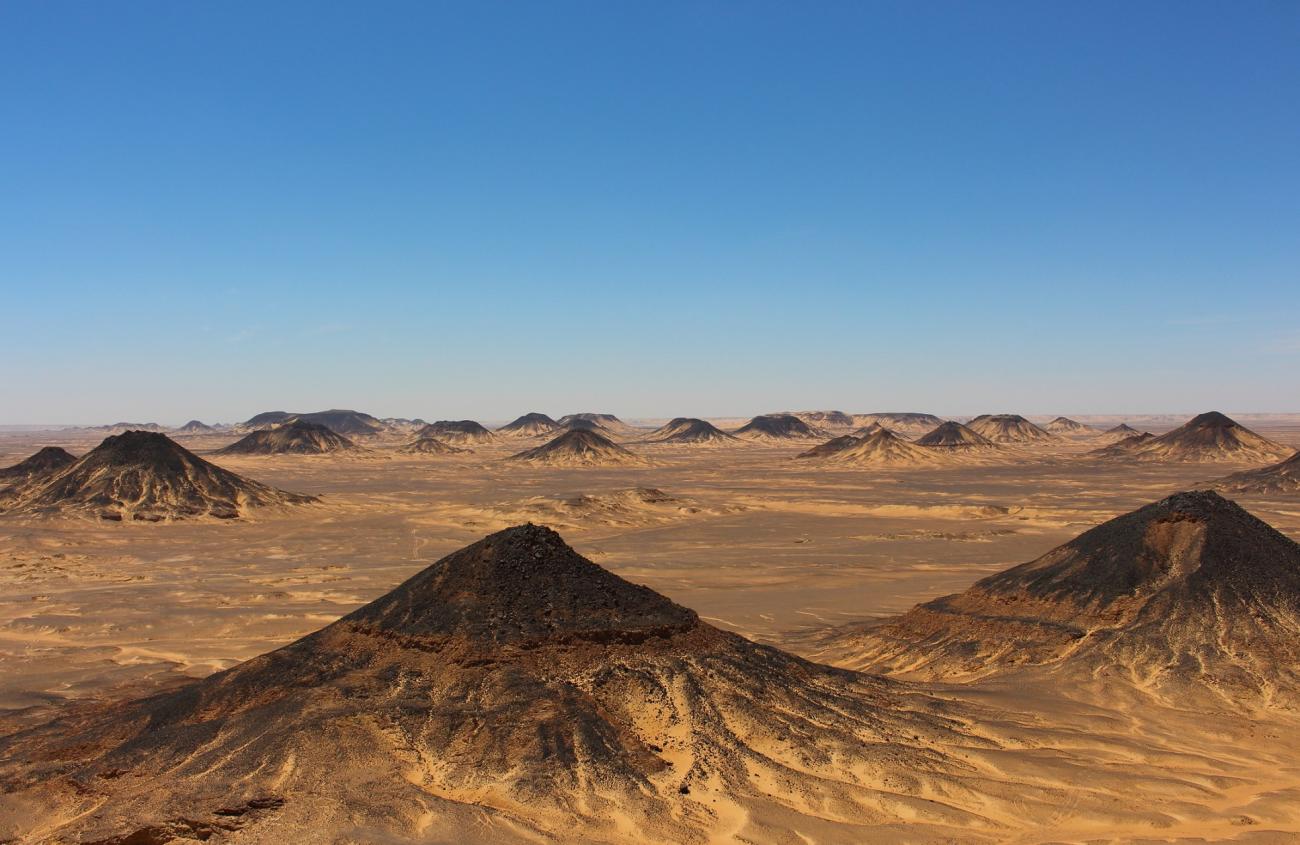
Bahariya Oasis is today famed for its dates and olives, although in Pharaonic times it was an agricultural centre for making wine, which was exported throughout the Nile Valley. The lowest point in Egypt, Bahariya Oasis is surrounded by black hills, hence its local nickname of 'black desert'. It has been created over many centuries by wind eroding the dark, rocky outcrops, which has been mixed with the desert sand. The largest village in the Oasis is Bawiti, surrounded by hot and cold springs, overlooking lush palm groves.
Cairo
.jpeg)
One of the largest cities in Africa for centuries, Cairo is amongst the world's most densely populated cities. Nobody really knows how many people live in Cairo, but estimates put it between 12 and 16 million. Cairo has been the heart of Egypt for more than 1000 years and it offers a unique chance to see the medieval and the modern world come together in a mixture of mud-brick houses, towering modern office buildings, minarets and palm trees.
Today this bustling city keeps moving 24 hours a day and is full of life, atmosphere and Egyptian hospitality will ensure an enjoyable stay. Within Cairo lies five thousands years of culture, from the pyramids of the pharaohs, early Christian churches to the mosques of the Ottoman sultans.
Cairo is a must on our places to visit in Egypt. Whilst visiting, take a day trip to the pyramids of Giza, just a short journey west of Cairo. The pyramids are the only one of the original 7 wonders of the world that still remains, and definitely worth the visit.
Dakhla Oasis
Dakhla is the farthest oasis out of Cairo and is considered one of Egypt's most beautiful. This is the most highly populated region in the Wadi el-Gedid (or New Valley), the name by which, since 1958, the oases of Kharga, Dakhla and Farafra are known. Sitting in a depression surrounded by pink cliffs, there are about 30,000 acres of cultivated land in the oasis.
Most of its residents are farmers who constantly fight the battle of the dunes that threaten their fields and orchards filled mostly with mulberry trees, date palms, figs and other citrus fruits. Despite its economic development and growth, Dakhla has retained most of its culture and charm.
El Gouna
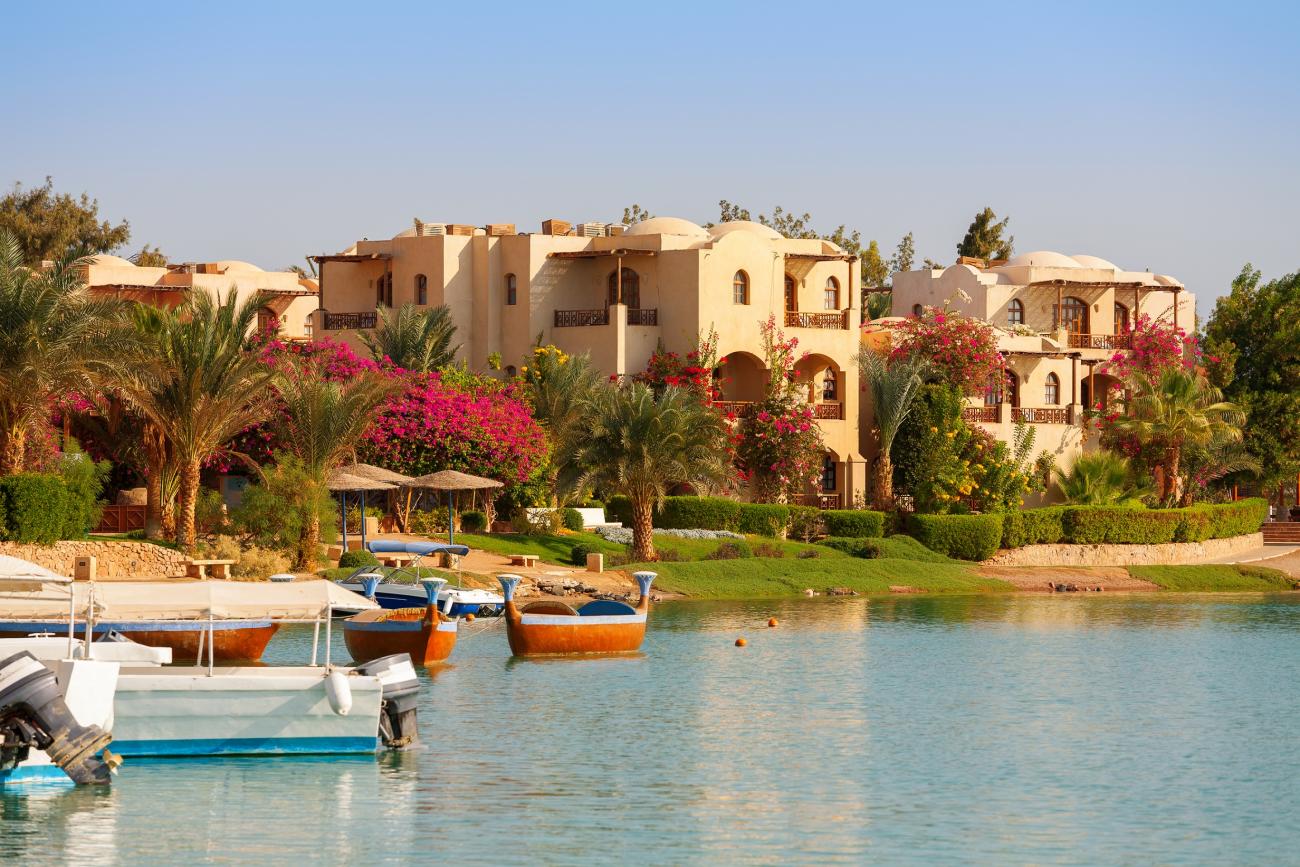
The resorts of the Red Sea are predominantly modern with fine facilities and easy access to magical, multi-coloured coral and exotic fish that live beneath the waves. El Gouna is one of the quieter resorts on the Red Sea coast and has been architecturally designed in typical Nubian style. Its many cobbled streets, inlets and lagoons give it a sleepy, romantic feel.
The peaceful lagoons supply perfect surroundings for indulging in the plentiful watersports and there are also excellent diving and snorkelling sites. Often over many hundreds of meters wide, the reef is made up of many delicately hued corals among which live a myriad of brilliantly coloured fish.
El Kharga Oasis
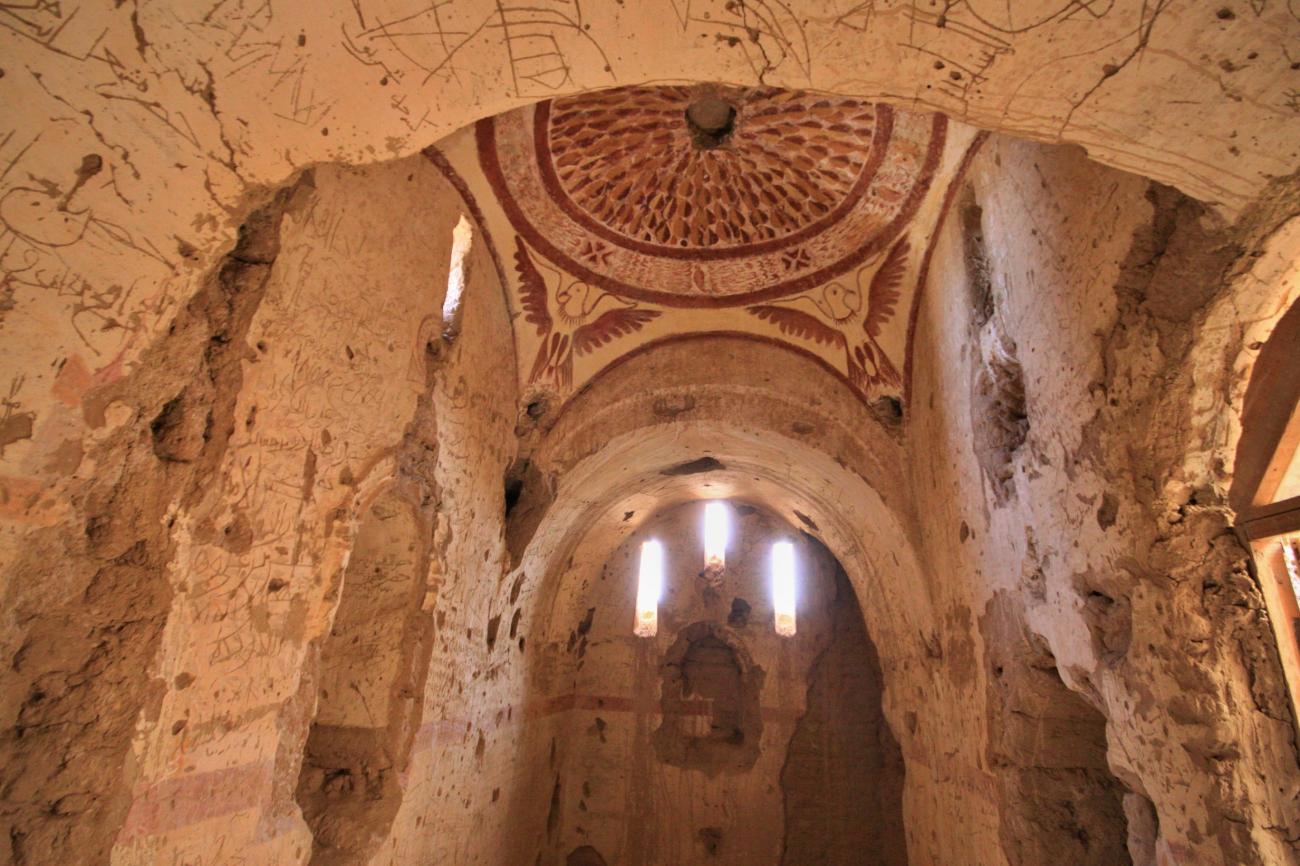
El Kharga, known to the ancient Egyptians as the 'Southern Oasis' is the largest of the oases of the Western Desert. It consists of a depression of about 160 km long and a width of 20 to 80 km and today it is often referred to as the 'Great Oasis'.
Thousands of years ago, a lake occupied a large part of the valley and the thick deposit of sandy clay then deposited, forms the bulk of the cultivated land. The oasis used to be the last stop on the Forty Days Road, the infamous slave-trade route between North Africa and the tropical south. Kharga is also the name of the bustling main city of the oasis whose inhabitants now number sixty thousand.
Farafra Oasis
The oasis of Farafra is a triangular-shaped fertile depression to the northwest of Dakhla and roughly midway between Dakhla and Bahariya, with the impenetrable Great Sand Sea bordering the region to the west. This oasis currently has the lowest number of inhabitants in the New Valley and although it is not noted for its ancient monuments, it serves as the perfect gateway to the White Desert.
Hurghada
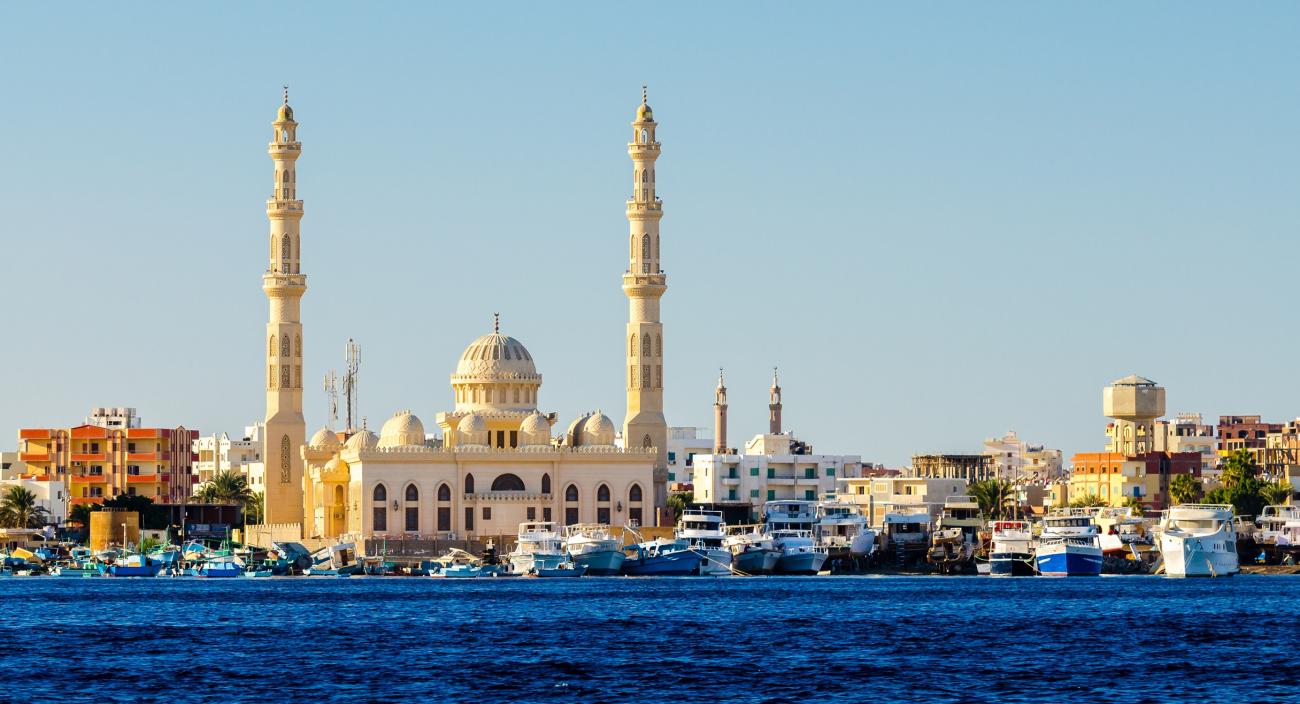
Originally a small fishing port, Hurghada has undergone a complete transformation. You can spend your time relaxing on the beaches and soaking up the sun, or enjoy one of the many water sports on offer, such as windsurfing, sailing, deep-sea fishing, swimming, but, above all, snorkelling and diving.
One of the best places to view the fantastic Red Sea marine life is along the coral reefs near Giftun Island out in the Red Sea. Hurghada is a half day's drive from Luxor, and is a an ideal place to spend a couple of days relaxing on the beach, after a busy time seeing the historical sites of Egypt.
Luxor
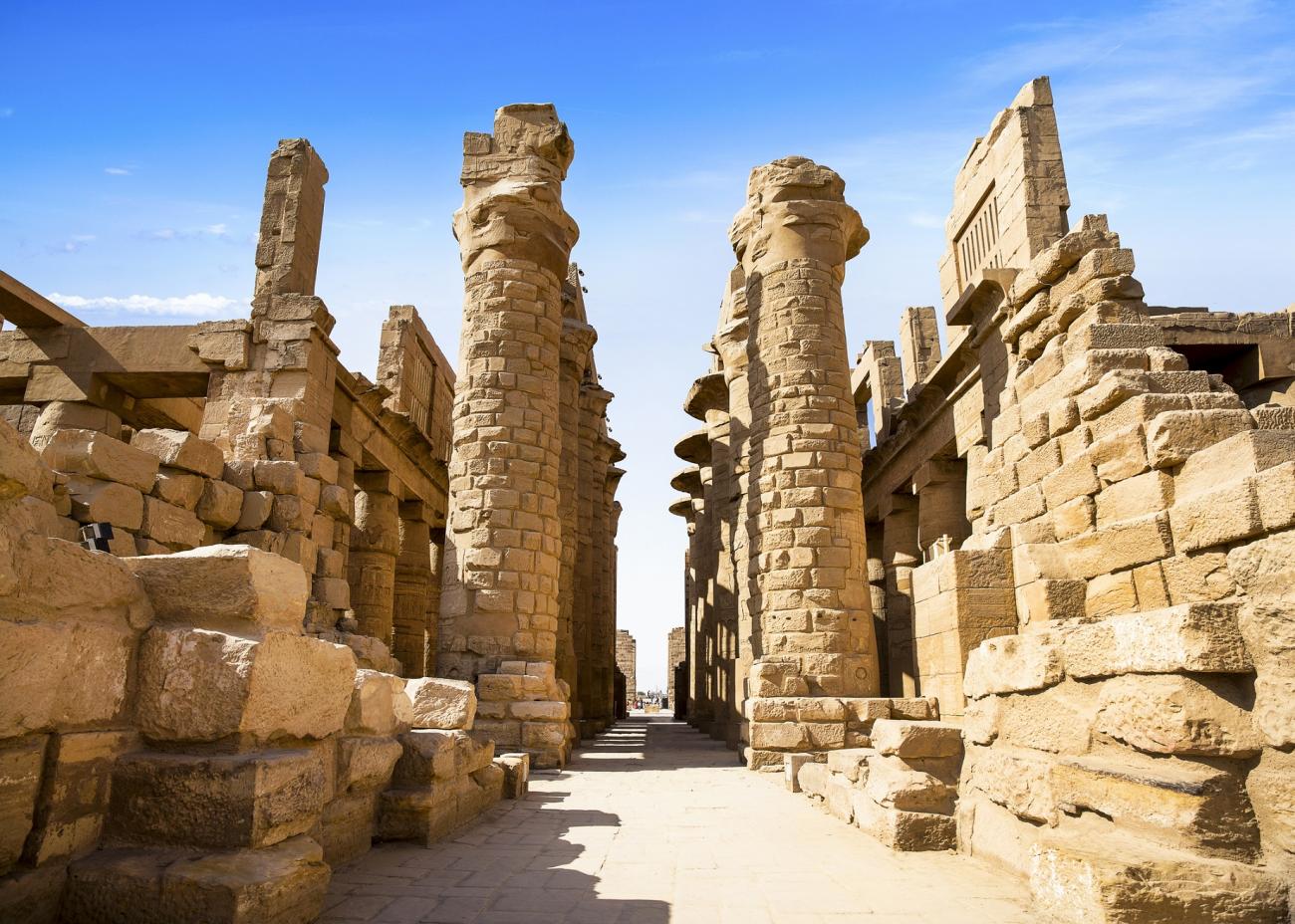
Luxor has the richest concentration of archaeological wonders in the western world. Luxor grew out of the ruins of Thebes, once the capital of ancient Egypt's New Kingdom 1550 - 1069BC. Walk through history; past statues with the heads of gods and animals, beneath pillars carved with lotus buds and papyrus. Ride in a horse-drawn caleche, sail in a felucca, take a sunset cruise or see the city from a hot-air balloon.
On the East Bank of the Nile river lies modern day Luxor, a vibrant city, full of life, traditions and friendly people. On the other side of the mighty River Nile, the West Bank is known as the city of the dead and it is home to many splendid sites such as the Valley of the Kings.
Sharm El Sheikh
The resorts of the Red Sea are predominantly modern with fine facilities and easy access to magical, multi-coloured coral and exotic fish that live beneath the waves. The Red Sea coral and marine life is what attracts most holidaymakers to Sharm El Sheikh, and further down the coast are some of the most spectacular coral reefs to be found anywhere in the world. Consisting of three beautiful bays, Sharm el Sheikh is a diving and watersports paradise.
Naama Bay is the main centre of attractions and is a cosmopolitan, stylish resort consisting of numerous bars and terraced cafes. Sharm itself is similarly well heeled and, when it comes to keeping divers amused and amazed, the Ras Mohammed National Park, home of Shark Reef is hard to beat.
Sinai Peninsula
There are several important monasteries and churches in this area, one of the most important being St Catherine's Monastery, located at 1,500 metres above sea level, at the mouth of a gorge at the foot of Mount Sinai. The Greek Orthodox Monastery has been a refuge for Christians and Muslims during history and houses beautiful frescoes and manuscripts. Other highlights of the area include ruins of Byzantine monastic settlements, the highest mountains in Egypt, amazing rock formations and fantastic desert landscape.
Siwa Oasis
Siwa is a wonderful oasis lying at the edge of the Great Sand Sea, which is part of the vast Sahara,close to the Libyan border . Siwa Oasis was the most inaccessible of all Egypt's oasis and due to new road links it has only recently opened up to tourism.
The local people are known as Siwans, and to this day have their own culture and customs and speak a Berber language, called Siwi, rather than Arabic. Many women still wear traditional costumes and silver jewellery like those displayed in the traditional Siwan House Museum in the town centre. The area is also famous for its springs, of which there are approximately 1,000. The water is sweet, and is said to have medical properties.
The Nile Valley
The Nile and its valley is the lifeblood of Egypt and from ancient times down to this day, Egypt has depended on its rich resources. This lush and fertile area is home to 90% of Egypt's population, living in cities, towns and villages all within proximity of the River Nile. It produces a large variety of crops from rice to maize, cotton, sugar cane, bean crops and fruits.
You can see the traditional farming methods used to grow cotton, and Egyptian cotton is the best in the world. Many of the ancient monuments along the Nile have been rediscovered after having been buried for centuries under sand and debris. As a result they have been preserved in amazing condition.